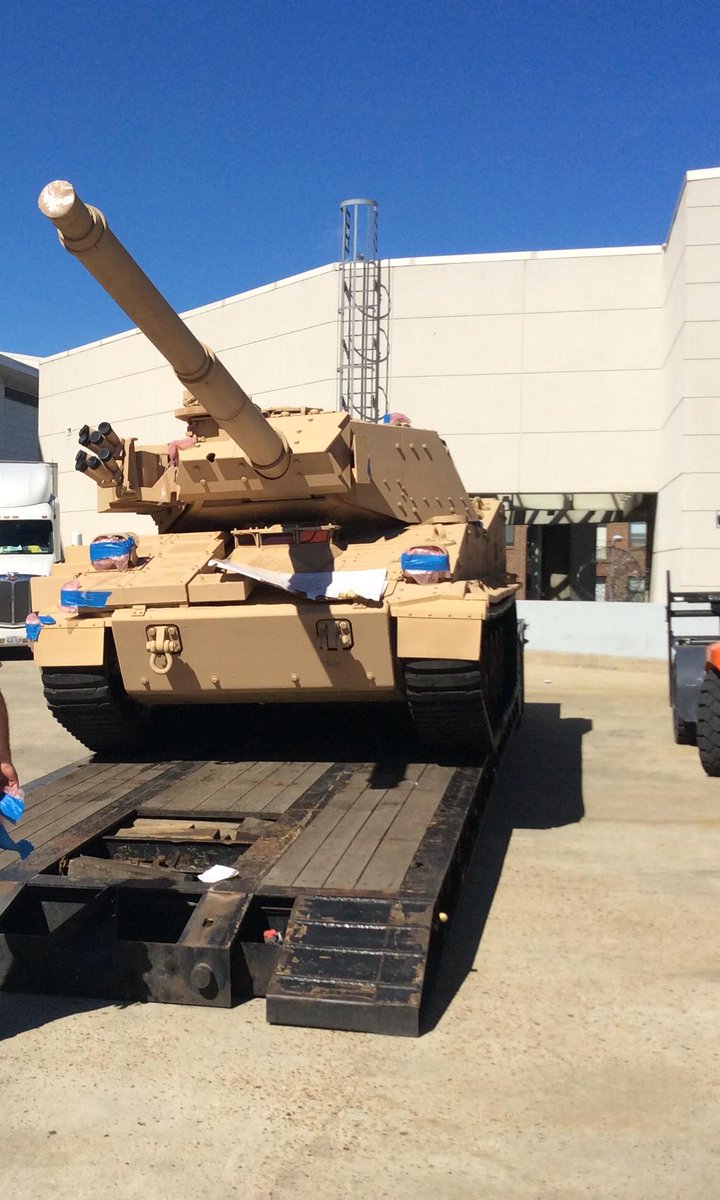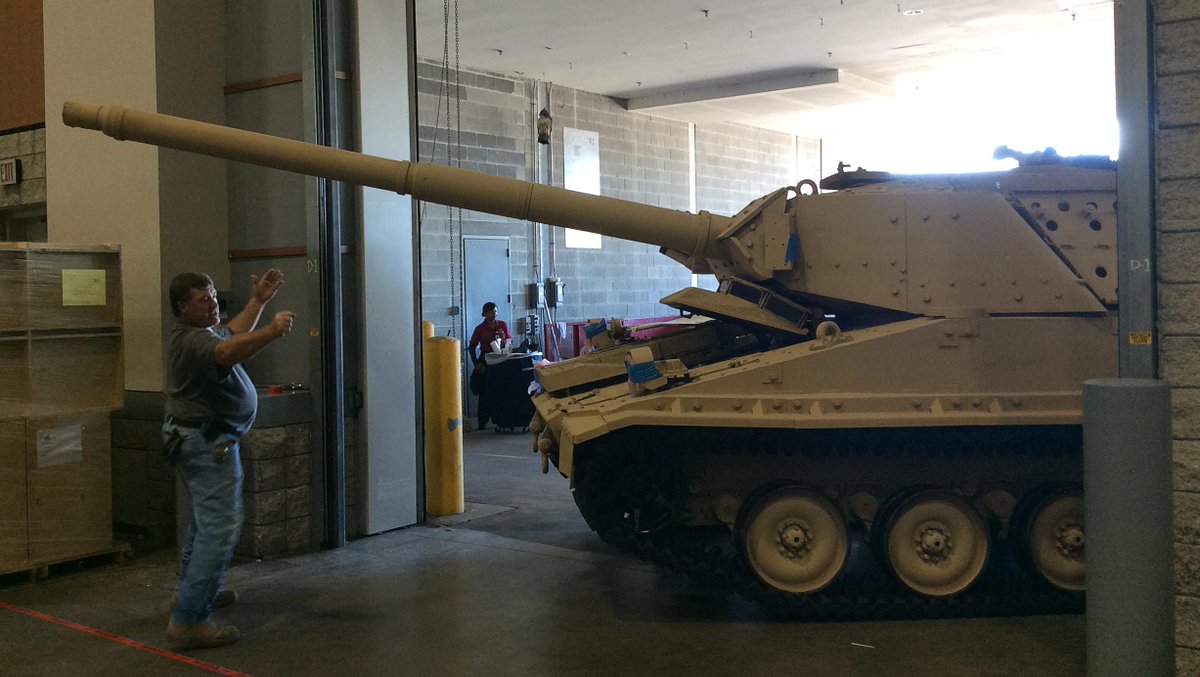A two decade-old light tank design is being displayed by BAE Systems at the AUSA exhibition that it says could meet the US Army’s future mobile protected firepower (MPF) requirement.
Going against the general industry convention of releasing new technologies at trade shows, BAE Systems has a M8 Armoured Gun System (AGS) prototype built in the 1990s on its stand.
The company is even showing the original promotional video made in that period on a TV screen next to the vehicle. Sometimes old ideas are the best.
The M8 was selected to equip the 82nd Airborne Division in 1992 but was subsequently cancelled in 1997. Though there was some interest overseas, the M8 never achieved success and only six prototypes were built.
But the requirement for a light tank has never gone away and the US Army has just released a new request for information for a MPF vehicle, according to industry sources.
Explaining the decision to display the vehicle, BAE Systems’ director of new and amphibious vehicles, Deepak Bazaz said it was designed to stir debate about the army’s future requirements for a light tank capability.
‘What we are trying to do here is start the conversation, because the requirements haven’t solidified for MPF,’ Bazaz told Shephard. ‘We don’t want to put in a bunch of technologies and have someone say “that’s not quite what I’m looking for”.’
The M8 has shared components with the M1 Abrams MBT and Bradley IFV, meaning that technology from the modernisation of those vehicles could be transferred to the light tank platform.
‘All those platforms are still in the fleet today so what have they done to modernise their systems?’ said Bazaz.
Some technologies that could be integrated onto the platform include a situational awareness package and a digital architecture to aid with future sensor integration and networked operations.
A lightweight rubber band track derived from the company’s CV90 IFV has already been fitted, which ‘drops a significant amount of weight,’ according to Bazaz.
The platform on display features a soft recoil 105mm gun turret – which houses the gunner and commander – with a 21-round magazine capable of firing 12 rounds a minute. The gun also features an autoload capability.
Powered by a Detroit Diesel 580hp powerpack, the M8 can achieve 45mph on-road and around 30mph off-road.
With Level 1 armour the vehicle weighs around 30,000lb but that increases to 50,000lb with additional armour, such as armour boxes that can be fitted to the sides. In its Level 1 configuration, a single M8 can be transported in a C-130 and three can be transported in a C-17.
BAE Systems said it would be capable of providing a prototype to the army 18 months after a contract award. There could also be additional opportunities for the M8 as well, including exports.
‘Our target is the US Army, but that opens up other markets as well,’ said Bazaz.


